Living in a rural area comes with its own unique charm—wide open spaces, peaceful surroundings, and a break from the fast-paced city life. But if there’s one common frustration many rural homeowners face, it's poor cell phone signal.

Dropped calls, slow data speeds, and dead zones can make staying connected with loved ones, running a home-based business, or even accessing emergency services a serious challenge. That’s where cell phone signal boosters come in.
In 2025, the demand for reliable connectivity in remote areas has never been higher. Whether you live off the grid, run a farm, or simply enjoy the serenity of the countryside, having a dependable cell signal isn’t just a luxury it’s a necessity.
Fortunately, the latest signal boosters are smarter, more powerful, and easier to install than ever before, offering an instant upgrade to your connectivity without having to rely solely on unreliable Wi-Fi or expensive satellite solutions.
But with so many brands and models on the market, choosing the right booster can feel overwhelming. Do you need a multi-room system or just one for your office? Which boosters work best with your carrier? And what about 5G compatibility?
In this guide, we’ve done the heavy lifting for you. We’ve researched, tested, and reviewed the best cell phone signal boosters for rural homes in 2025, focusing on performance, coverage area, ease of installation, and real-world reliability.
Whether you're looking to improve signal strength in a single room, a large farmhouse, or a property with outbuildings, this guide will help you find the right solution for your specific needs.
We’ll also break down how signal boosters work, what to consider before buying one, and which models offer the best value for money. So before you climb on your roof holding your phone in search of a signal, read on—because better reception is just a few steps away.
Let’s dive into the top picks for this year and help you stay connected, no matter how remote your location.
Why Rural Homes Struggle With Cell Signal
Living in rural areas often means embracing tranquillity, breathtaking landscapes, and the peace that comes with distance from bustling city life. Yet, one significant pain point rural homeowners regularly experience is unreliable, weak, or nonexistent mobile phone signals.
Dropped calls, texts that refuse to send, and internet connections grinding to a halt aren't just frustrating—they can seriously disrupt daily life, work-from-home opportunities, and critical communication in emergencies.
Sparse Network Infrastructure
A key reason rural homes face poor cell reception is the limited network infrastructure. Cellular companies prioritise densely populated urban and suburban regions, where investments yield higher returns.
In rural communities, fewer cell towers and base stations are installed, significantly reducing coverage strength. This means many homes are simply too far away from the nearest tower to receive a consistent and reliable signal.
Geographic and Natural Obstacles
Another challenge for rural homeowners is the landscape itself. Beautiful hills, dense forests, and winding valleys that attract residents can also block or weaken signals from cell towers. Signals operate best with a clear line-of-sight. Natural barriers like mountains, tall trees, or even large bodies of water frequently obstruct signals, resulting in patchy coverage and frustratingly inconsistent connectivity.
Older Technology and Lack of Upgrades
Cellular technology evolves rapidly. However, rural areas are often among the last to receive essential upgrades due to lower population density and market demand. Many rural homes still rely on older 3G or 4G networks, which lack the coverage range and strength offered by modern 5G infrastructure.
As providers delay rolling out upgrades to these communities, residents are left relying on outdated technology, making reliable calls or high-speed internet access challenging at best.
Building Materials and Construction
Even when signals are relatively strong outside, rural homeowners often face signal loss inside their homes. This is especially true in rural areas, where homes might feature sturdy construction materials such as metal roofs, thick brick walls, or dense insulation materials notorious for weakening or completely blocking cellular signals. As a result, homeowners find themselves forced outdoors or near windows just to hold a stable conversation.
Multipath interference
In open or wooded rural areas, cell signals can bounce off obstacles like trees, hills, or buildings, causing multiple signal paths to reach your device at slightly different times. This creates a distorted or weakened signal.
Signal diffraction
Signals often bend around large obstacles (like barns or silos), which reduces signal strength, especially if the terrain is uneven or elevated.
Low tower density
Fewer towers mean your phone has to “reach” much further to maintain a connection.
Building materials
Metal roofs, concrete walls, and even energy-efficient windows can block signal entry, creating indoor dead zones.
Tip: A directional antenna can help overcome long distances by focusing on a single nearby tower, while omnidirectional antennas are better for vehicles or changing environments.
Limited Investment and Lower Priority
Unfortunately, cellular providers often see rural communities as low-return areas due to their smaller populations and widespread nature. Investing heavily in infrastructure for relatively few subscribers is seen as less profitable, leading to delayed or deprioritised expansion plans. This economic dynamic leaves rural residents perpetually waiting, enduring ongoing frustration and challenges in maintaining connectivity.
While the struggle with cell signal in rural homes is undeniably frustrating, there are solutions available, such as installing cellular boosters, external antennas, or advocating for community-based infrastructure investments.
As awareness grows and technological solutions become more affordable, rural communities have greater opportunities than ever before to bridge the connectivity gap, enabling residents to fully enjoy their peaceful, rural lifestyle without sacrificing essential connectivity.
What to Look for in a Rural Signal Booster
Living in rural areas often means grappling with weak or inconsistent cell signals due to factors like distance from cell towers and natural obstructions. A reliable signal booster can significantly enhance connectivity. Here's what to consider when selecting one:
1. Coverage Area
Determine the square footage you need to cover. For instance:
- HiBoost Sidekick: Ideal for small homes or single rooms, covering up to 2,000 sq ft.
- HiBoost 4K Plus Pro: Suitable for medium-sized homes, offering coverage between 3,000 and 6,000 sq ft.
- HiBoost 10K Plus Pro: Designed for larger homes, covering up to 10,000 sq ft.
- HiBoost 15K Smart Link Deluxe: Best for expansive properties, providing coverage up to 15,000 sq ft.
2. Signal Gain
Signal gain, measured in decibels (dB), indicates how much a booster can amplify the incoming signal. Higher gain is beneficial in areas with very weak signals. For example, the HiBoost 15K Smart Link Deluxe offers up to 70 dB gain, making it suitable for challenging rural environments.
3. Antenna Type
Directional antennas, like Yagi antennas, focus on signals from a specific direction, which is advantageous when the nearest cell tower is known. Omnidirectional antennas capture signals from all directions, beneficial when tower locations are uncertain. HiBoost boosters often come with high-gain directional antennas to maximize signal capture in rural settings.
4. Carrier Compatibility
Ensure the booster supports all major carriers to avoid compatibility issues. HiBoost products are designed to work with all major U.S. carriers, including Verizon, AT&T, T-Mobile, and U.S. Cellular.
5. 5G and LTE Support
With the rollout of 5G, it's essential to choose a booster that supports both 4G LTE and 5G signals. HiBoost's latest models, such as the 4K Plus Pro and 10K Plus Pro, are compatible with 5G networks, ensuring future-proof connectivity.
6. Smart Features
Modern boosters offer smart features for ease of use:
- LCD Displays: Provide real-time signal strength and system diagnostics.
- Mobile Apps: HiBoost's Signal Supervisor app allows users to monitor performance, adjust settings, and receive alerts directly from their smartphones.
7. Installation and Support
Consider the ease of installation and the support provided:
- Plug-and-Play Models: Some boosters, like the HiBoost Sidekick, are designed for easy setup without professional assistance.
- Customer Support: HiBoost offers comprehensive customer support, including installation guides and technical assistance, ensuring users can set up and maintain their boosters effectively.
By evaluating these factors, rural homeowners can select a signal booster that best fits their needs, ensuring reliable connectivity in areas where it's needed most.
When selecting a rural signal booster, coverage area is a pivotal factor to ensure consistent and reliable connectivity throughout your property. HiBoost offers a range of signal boosters tailored to various coverage needs:
Coverage Area
1. HiBoost 4K Plus Pro
Ideal for small to medium-sized homes, this booster covers areas ranging from 3,000 to 6,000 square feet. It's suitable for properties with moderate signal challenges, ensuring improved call quality and data speeds in multiple rooms.
2. HiBoost 10K Plus Pro
Designed for larger homes or offices, the 10K Plus Pro extends coverage up to 12,000 square feet. It features a high-gain outdoor antenna and two indoor antennas, providing robust signal enhancement across multiple rooms or floors.
3. HiBoost 15K Smart Link Deluxe
For expansive properties, this model offers coverage up to 15,000 square feet. Equipped with two indoor panel antennas, it's ideal for large homes or multi-story buildings, ensuring strong signal reception throughout.
Selecting the appropriate booster based on your property's size and layout is crucial for optimal performance. Assess your coverage needs to determine the best fit among HiBoost's offerings.
This blog is tailored for rural homeowners seeking solutions to improve cellular connectivity in their residences. It provides insights into selecting the right signal booster based on coverage requirements, aiding in making informed decisions for enhanced communication reliability.
Supported Carriers & Bands
When choosing the best signal booster for rural homes, one of the most important things to consider is carrier and band compatibility. Not all boosters are created equal—some work across all major networks, while others are optimized for specific frequencies or regions.
Here’s what you need to know about carrier support and frequency bands before making a purchase in 2025:
🏆 Universal Carrier Compatibility (Multi-Carrier Boosters)
Top-tier boosters like the HiBoost 15K Smart Link Deluxe, weBoost Home MultiRoom, and SureCall Fusion4Home are designed to work with all major U.S. and Canadian carriers, including:
- Verizon
- AT&T
- T-Mobile
- U.S. Cellular
- Bell, Rogers, and Telus (Canada)
These boosters automatically adjust to the available carrier signal, supporting multiple users and devices at the same time—a must-have for rural households with different carrier subscriptions.
📶 Commonly Supported Frequency Bands
In 2025, most signal boosters cover the following LTE and 5G bands:
- Band 12/17 (700 MHz) – Widely used by AT&T and US Cellular
- Band 13 (700 MHz) – Verizon’s primary band for rural LTE
- Band 5 (850 MHz) – Used by AT&T and others for voice and LTE
- Band 4 (1700/2100 MHz) – T-Mobile’s AWS band for high-speed data
- Band 2 (1900 MHz) – Common across carriers for voice and 3G/4G data
- Band 66 (AWS-3) – Newer band adopted by T-Mobile and others for LTE & 5G
- Band 25/26 (Sprint legacy) – Still relevant in select areas for T-Mobile users
Make sure the booster you choose lists support for these bands in your region. Some remote areas may rely heavily on lower-frequency bands like Band 12 or 13, which travel farther and penetrate buildings more effectively—perfect for rural homes.
📲 Need 5G? Here's the Deal
Many boosters now support low-band 5G (Sub-6 GHz), which carriers are rolling out nationwide. While high-band mmWave 5G is mostly limited to urban centers, rural 5G relies on the same bands used for 4G LTE, meaning most boosters will enhance your 5G experience automatically especially for T-Mobile and Verizon users.
Before buying, always check your location’s carrier signal using tools like OpenSignal or Carrier Coverage maps. Matching your booster to your carrier’s active bands ensures the strongest possible performance—no matter how remote your home may be.
What to Look for in a Rural Signal Booster
Indoor Antenna Type

When selecting a rural signal booster, the type of indoor antenna plays a crucial role in determining the effectiveness of signal distribution within your home. HiBoost offers various indoor antenna options tailored to different coverage needs and building layouts.
1. Panel Antennas (Directional)
Panel antennas are directional, broadcasting amplified signals in a specific direction. They are ideal for targeting signal coverage in particular areas or rooms. HiBoost's indoor panel antennas, such as the one included in the HiBoost Single Indoor Antenna Expansion Kit, are designed to extend coverage to areas with poor reception.
These antennas typically offer a gain of 5–7 dBi and operate across 698–2700 MHz frequencies, ensuring compatibility with 2G, 3G, and 4G networks.
2. Omni Antennas (Omnidirectional)
Omni antennas distribute the boosted signal uniformly in all directions, making them suitable for open floor plans or central locations within a home. HiBoost's indoor omni antennas support 2G, 3G, 4G, and WLAN systems, providing comprehensive coverage without the need for precise positioning.
3. Desktop Antennas
Desktop antennas are compact and designed for spot coverage, making them ideal for small areas or individual rooms. They are typically used in setups where coverage is needed in a specific location, such as a home office or a single room.
Choosing the Right Antenna:
- For targeted coverage: Panel antennas are effective when you need to focus the signal in a particular direction or area.
- For broad, uniform coverage: Omni antennas are suitable for distributing the signal evenly across open spaces.
- For specific spots: Desktop antennas are best for enhancing signal in a confined area or single room.
Selecting the appropriate indoor antenna type based on your home's layout and specific coverage needs ensures optimal performance of your rural signal booster.
What to Look for in a Rural Signal Booster
FCC Certification

When selecting a cell phone signal booster, especially for rural areas, FCC certification is a critical factor to consider. This certification ensures that the device complies with the Federal Communications Commission's (FCC) regulations, guaranteeing both performance and safety standards are met.
Why FCC Certification Matters
The FCC mandates that all consumer signal boosters sold in the United States must be certified to prevent interference with wireless networks. Certified boosters are tested to ensure they do not cause harmful disruptions to cellular networks, which is particularly important in areas where emergency services rely on uninterrupted communication.
Risks of Non-Certified Boosters
Using a non-certified signal booster can lead to several issues:
- Network Interference: Uncertified devices may cause interference with cellular networks, leading to dropped calls and poor data performance for you and others nearby.
- Legal Consequences: Operating an uncertified booster can result in fines or penalties from the FCC.
- Lack of Support: Manufacturers of uncertified devices may not offer reliable customer support or warranties.
HiBoost's Commitment to FCC Compliance
HiBoost ensures that all its signal boosters are FCC-certified, providing users with peace of mind regarding legality and performance. This certification means HiBoost products have undergone rigorous testing to meet the FCC's standards for signal boosters.
By choosing an FCC-certified booster like those from HiBoost, rural homeowners can enhance their cellular connectivity without compromising network integrity or facing legal issues.
Top 5 Boosters for Rural Homes
For rural homeowners facing challenges with weak cellular signals, selecting the right signal booster is crucial. Below is a curated list of top HiBoost signal boosters tailored for various rural home scenarios:
1. HiBoost Travel 3.0 RV Cellular Signal Booster
HiBoost Travel 3.0 RV Cellular Signal Booster
For RVs, campers, motorhomes, travel trailers, vans, and mobile homes
Ideal for those frequently on the move or residing in RVs, the HiBoost Travel 3.0 ensures consistent connectivity during travels.
- Coverage: Designed for RVs and vehicles
- Gain: Up to 50 dB
- Features: Upgraded external antenna, supports multiple devices, compatible with all U.S. carriers
- Price: $489.99 USD
2. HiBoost Sidekick Cell Signal Booster for Home
HiBoost Sidekick Cell Signal Booster for Home
Covers 500 - 2,000 sq. ft.
Perfect for small homes or apartments, the Sidekick enhances signal strength for clearer calls and faster data.
- Coverage: Up to 2,000 sq. ft.
- Gain: Up to 62 dB
- Features: AGC technology for optimal performance, supports 2G, 3G, 4G LTE, and 5G signals
- Price: $259.99 USD
3. HiBoost 4K Plus Pro Home Cellular Booster
HiBoost 4K Plus Pro Home Cellular Booster
Covers 3,000 - 6,000 sq. ft.
Designed for medium-sized homes, the 4K Plus Pro ensures improved voice, text, and data signals across multiple rooms.
- Coverage: 3,000 to 6,000 sq. ft.
- Gain: Up to 65 dB
- Features: Secondary indoor panel antenna, supports all major U.S. carriers
- Price: $499.99 USD
4. HiBoost 10K Plus Pro Phone Signal Booster
HiBoost 10K Plus Pro Phone Signal Booster
Covers 6,000–12,000 sq. ft.
Suitable for larger homes, the 10K Plus Pro offers wider coverage and stable signal strength for better calls, texts, and streaming.
- Coverage: Up to 12,000 sq. ft.
- Gain: Up to 68 dB
- Features: Dual antennas, supports all major U.S. carriers
- Price: $599.99 USD
5. HiBoost 15K Smart Link Deluxe Cell Booster
HiBoost 15K Smart Link Deluxe Cell Booster
Covers 7,000-15,000 sq. ft.
For expansive properties, the 15K Smart Link Deluxe provides the most powerful consumer solution to maximize 3G, 4G LTE, and 5G signals.
- Coverage: Up to 15,000 sq. ft.
- Gain: Up to 70 dB
- Features: Two inside antennas, AGC technology, supports all major U.S. carriers
- Price: $849.99 USD
Selecting the appropriate signal booster depends on your specific coverage needs and home size. Each of these HiBoost products offers unique features tailored to enhance connectivity in rural settings.
Booster #1: HiBoost Travel 3.0 RV Max Cellular Signal Booster — Pros/Cons
HiBoost Travel 3.0 RV Max Cell Phone Booster
For RVs, travel trailers, motorhomes, Class A/C RVs, 5th wheels, vans, and truck campers.
For rural homeowners who frequently travel or reside in mobile homes, maintaining a reliable cellular connection can be challenging. The HiBoost Travel 3.0 RV Max Cellular Signal Booster is designed to address this issue, ensuring consistent connectivity on the move.
Pros:
- Enhanced Signal Strength: Users have reported significant improvements in signal strength, often increasing from 1-2 bars to 3-4 bars, facilitating clearer calls and faster data speeds. (Amazon)
- Easy Installation: The booster is designed for straightforward installation, often described as a DIY-friendly setup without the need for drilling or complex configurations. (Amazon)
- Durable Design: Built with high-quality materials, the HiBoost Travel 3.0 is rugged and durable, suitable for the varying conditions encountered during travel. (USA-Hiboost)
- Compatibility: It supports multiple devices and is compatible with all major U.S. and Canadian carriers, including AT&T, T-Mobile, Verizon, and Rogers. (USA-Hiboost)
Cons:
- Limited Coverage Area: While effective in vehicles, the booster is optimized for small spaces, making it less suitable for larger homes or stationary use.
- Dependence on Existing Signal: The booster amplifies existing signals; thus, in areas with no signal, its effectiveness is limited. (USA-Hiboost)
- Power Source Requirement: It requires a constant power source, which may necessitate additional considerations for power management during extended off-grid travel.
In summary, the HiBoost Travel 3.0 RV Cellular Signal Booster is a valuable asset for rural homeowners who are frequently on the move, offering enhanced connectivity in areas where cellular signals are typically weak. However, its suitability is primarily for mobile environments, and those seeking solutions for larger, stationary homes may need to consider other models.

Booster #2: weBoost Home Complete — Pros/Cons
For rural homeowners seeking robust and reliable cellular connectivity, the weBoost Home Complete stands out as a top-tier solution. Designed to enhance signal strength across expansive areas, this booster ensures consistent communication, even in challenging environments.
Pros:
- Extensive Coverage: The weBoost Home Complete offers coverage up to 7,500 sq. ft., making it ideal for large homes or properties with multiple rooms and floors.
- Maximum Signal Boost: With a gain of up to 72 dB, it provides the strongest signal amplification permitted by the FCC, ensuring improved call quality and data speeds.
- Multi-Carrier Compatibility: This booster supports all major U.S. carriers, including Verizon, AT&T, T-Mobile, and U.S. Cellular, ensuring versatility regardless of your service provider.
- 5G Ready: The device is designed to support 5G networks, ensuring future-proof performance as carriers continue to roll out next-generation services.
- Professional Installation Option: For those preferring expert setup, weBoost offers a professional installation service, ensuring optimal placement and performance.(weBoost)
- Quality Build and Design: Users have noted the booster’s sleek design and durable construction, allowing it to blend seamlessly into home environments.
Cons:
- Premium Price Point: With a price tag around $1,399.99, it represents a significant investment, which may be a consideration for budget-conscious consumers.
- Installation Complexity: While professional installation is available, those opting for DIY setup may find the process time-consuming, especially when determining optimal antenna placement.(weBoost)
- Performance Variability: Some users have reported that while the booster improves signal strength, the enhancement may be modest in areas with extremely weak existing signals.
The weBoost Home Complete is a powerful solution for rural homeowners seeking to enhance their cellular connectivity across large areas. Its robust features and compatibility with all major carriers make it a versatile choice. However, potential buyers should weigh the premium cost and consider professional installation to maximize performance.
For a visual demonstration and in-depth review of the weBoost Home Complete, you might find the following video helpful:
Review and Demo of weBoost Home Complete Cellphone Strength

Booster #3: SureCall Fusion4Home — Pros/Cons
The SureCall Fusion4Home is a budget-friendly signal booster designed for small to medium-sized homes, particularly in rural areas where signal strength is often weak. It offers a balance between affordability and performance, making it a popular choice among homeowners seeking to improve their cellular connectivity.
Pros:
- Strong Signal Amplification: With a maximum gain of up to 72 dB, the Fusion4Home effectively boosts voice, text, and 4G LTE signals, enhancing call quality and data speeds. (Signal Boosters)
- Flexible Antenna Options: The booster supports various antenna configurations, including Yagi and panel antennas, allowing users to customize the setup based on their specific coverage needs.
- Durable Build: Users have praised its solid metal casing, which contributes to the device's longevity and resistance to wear and tear. (Amazon)
- Improved Coverage: Customers have reported significant improvements in signal strength, with some experiencing an increase from one bar to four or five bars. (Best Buy)
Cons:
- Limited Coverage Area: The Fusion4Home covers up to 4,000 sq. ft., which may not be sufficient for larger homes or properties requiring extensive coverage.
- Installation Complexity: While the device is generally straightforward to install, some users have found the process challenging, particularly when aligning the outdoor antenna for optimal signal reception.
- Performance Variability: In areas with extremely weak outdoor signals, the booster’s effectiveness may be limited, as it relies on amplifying existing signals rather than generating new ones.
Booster #4: HiBoost 15K Smart Link Deluxe — Pros/Cons
The HiBoost 15K Smart Link Deluxe is a high-performance signal booster designed for large homes and buildings, offering extensive coverage and advanced features to ensure robust cellular connectivity.
Pros:
- Extensive Coverage: Capable of covering areas ranging from 7,000 to 15,000 sq. ft., this booster is ideal for large homes, offices, and multi-story buildings. (USA-Hiboost)
- High Gain: With a maximum gain of 70 dB, the HiBoost 15K effectively amplifies weak signals, improving voice quality, data speeds, and reducing dropped calls.
- Smart Features: The device includes an LCD display and supports the HiBoost Signal Supervisor app, allowing users to monitor and adjust the booster’s performance in real-time.
- Carrier Compatibility: It supports all major U.S. and Canadian carriers, including Verizon, AT&T, T-Mobile, and Rogers, ensuring broad compatibility.
- 5G Ready: The booster is designed to support 5G networks, providing future-proof performance as carriers continue to expand their 5G coverage.
Cons:
- Higher Cost: Priced at $849.99 USD, the HiBoost 15K represents a significant investment, which may be a consideration for budget-conscious consumers.
- Installation Requirements: Due to its advanced features and extensive coverage capabilities, installation may be more complex, potentially requiring professional assistance to ensure optimal performance.
- Dependence on Existing Signal: Like other boosters, its effectiveness is contingent on the presence of an existing outdoor signal; in areas with no signal, the booster cannot create connectivity.
The HiBoost 15K Smart Link Deluxe is a powerful solution for those seeking to enhance cellular connectivity across large areas. Its advanced features and extensive coverage make it a top choice for users with significant signal amplification needs.
Booster #5: Entry-Level Option — HiBoost 4K Plus Pro
For rural homeowners seeking an affordable yet effective solution to enhance cellular connectivity, the HiBoost 4K Plus Pro stands out as a top entry-level option. Designed to address common signal issues in small to medium-sized homes, this booster combines performance, ease of installation, and cost-effectiveness.
Key Features:
- Coverage Area: Up to 6,000 sq. ft., suitable for 4–5 rooms or a multi-story home.(CA-Hiboost)
- Maximum Gain: 65 dB, ensuring significant signal amplification.(Walmart.com)
- Dual Antennas: Includes a built-in indoor antenna and an additional panel antenna for broader coverage.
- Carrier Compatibility: Supports all major U.S. carriers, including Verizon, AT&T, T-Mobile, and U.S. Cellular.
- 5G Ready: Compatible with 5G networks, ensuring future-proof performance.
- Smart Features: Equipped with an LCD display and supports the HiBoost Signal Supervisor app for real-time monitoring and adjustments.
- FCC Certified: Meets all FCC regulations for safe and legal operation.
Pros:
- Affordable Pricing: Priced at $499.99, it offers excellent value for its features.
- Ease of Installation: Designed for DIY installation, with user-friendly instructions and app guidance.
- Enhanced Coverage: Dual antennas ensure improved signal distribution throughout the home.
Cons:
- Limited for Larger Homes: While suitable for small to medium homes, it may not provide adequate coverage for larger properties.
- Dependence on Existing Signal: Effectiveness is contingent on the presence of an existing outdoor signal; performance may vary in areas with extremely weak signals.
The HiBoost 4K Plus Pro is an ideal entry-level booster for rural homeowners looking to improve their cellular connectivity without a significant investment. Its combination of performance, affordability, and ease of use makes it a compelling choice for those in areas with moderate signal challenges.
HiBoost vs Other Brands: How Do We Compare?
There are many signal booster brands out there, but not all are built for rugged rural needs. Here's a comparison of top contenders:
”
| Brand |
Max Coverage | Gain (dB) |
5G Ready |
Install Ease |
Price Range |
| HiBoost |
Up to 15,000 sq ft
|
65 dB |
✅ Yes
|
Easy (App + LCD) |
$999.99 |
| WeBoost |
Up to 7,500 sq ft |
65 dB |
❌ Partial | Moderate |
$1499.99 |
| SureCall |
Up to 6,000 sq ft |
72 dB |
✅ Yes |
Advanced | $499.95 |
| Cel-Fi |
Up to 13,000 sq ft |
100 dB* |
✅ Yes | Complicated (Carrier-locked) | $667.79 |
*Cel-Fi offers the highest gain, but only supports one carrier at a time and requires carrier registration.
What Real Users Are Saying
HiBoost boosters are already transforming rural connectivity for families, farmers, and RVers across the U.S. Here's what some of them shared:
“We live 12 miles from the nearest town. After installing the HiBoost 10K Smart Link, I went from 0 bars to 3 bars of LTE throughout my house.” – Jane M., Texas
“Easy setup, great app, and now I can finally make calls in my metal barn.” – Kyle D., Missouri
“We tried WeBoost before, but HiBoost gave better signal stability for our RV setup.” – Doug & Melissa, full-time RVers
Quick Signal Diagnosis & Booster Optimization Tips
Not sure if a booster will help? Here's what to do first:
- Check your outdoor signal strength using an app like OpenSignal or Network Cell Info Lite.
- Locate the nearest tower with CellMapper.net and point your outdoor antenna in that direction.
- Place your indoor antenna away from windows or thick concrete walls.
- Avoid loopback: Keep outdoor and indoor antennas at least 20 ft vertical or 50 ft horizontal apart to avoid interference.
Want help? HiBoost’s Smart Link App provides real-time installation guidance.
Real Installation Example: Farmhouse with 1 Bar to 4 Bars
Consider a real-world scenario where a rural farmhouse struggled with poor cellular reception, often limited to a single bar, leading to dropped calls and slow data speeds. The homeowners decided to install the HiBoost 4K Plus Pro to address these issues.
Installation Overview:
- Location: Rural farmhouse with a two-story layout.
- Initial Signal Strength: 1 bar outside, with frequent call drops and slow internet.(SignalBooster)
- Booster Selection: HiBoost 4K Plus Pro, chosen for its coverage capacity and affordability.
- Installation Process:
- Mounted the high-gain outdoor antenna on the roof, oriented towards the nearest cell tower.
- Connected the outdoor antenna to the booster unit inside the home.
- Placed the built-in indoor antenna centrally to maximize coverage.
- Utilized the HiBoost Signal Supervisor app to fine-tune the setup and monitor performance.(CA-Hiboost)
Results:
- Post-Installation Signal Strength: Improved from 1 bar to 4 bars throughout the home.
- Call Quality: Significant reduction in dropped calls and clearer voice quality.
- Data Speeds: Notable increase in internet speeds, enabling smooth streaming and browsing.
- User Feedback: The homeowners reported satisfaction with the booster’s performance, highlighting the ease of installation and immediate improvement in connectivity.
This case exemplifies how the HiBoost 4K Plus Pro can effectively transform cellular connectivity in rural settings, enhancing both communication and internet access for residents.
For a visual demonstration and further insights into the HiBoost 4K Plus Pro, you may find the following video review helpful:
HiBoost 4K Plus Pro - Cell Phone Booster Review
FAQs
Boosters for Ranches, Cabins, and Barns
Living in rural areas like ranches, cabins, and barns often means dealing with weak or unreliable cellular signals. Cell phone signal boosters can be a practical solution to enhance connectivity in these settings. Below are some frequently asked questions to help you understand how boosters can assist in improving your cellular signal.(Wilson Amplifiers)
1. Do cell signal boosters work in remote rural areas?
Yes, cell signal boosters are designed to amplify existing cellular signals, making them effective in rural areas where signal strength is weak due to distance from cell towers or obstructions like hills and trees. As long as there is some signal outside your building, a booster can enhance it for better indoor coverage.
2. What type of booster is best for a metal barn or outbuilding?
Metal structures can significantly impede cellular signals. For such buildings, it's recommended to use a booster with a high-gain directional (Yagi) antenna mounted outside to capture the signal and an indoor antenna to distribute the amplified signal inside. Products like the SureCall Fusion4Home or weBoost Home MultiRoom are often used in these scenarios.
3. Can I use a signal booster in a cabin located in the woods?
Absolutely. Cabins surrounded by trees can suffer from weak signals due to natural obstructions. A booster with a directional antenna mounted as high as possible can help capture the available signal above the tree line and amplify it inside the cabin.
4. How do I choose the right booster for my rural property?
Consider the following factors:
- Coverage Area: Determine the square footage you need to cover.
- Outside Signal Strength: Assess the signal strength outside your building.
- Number of Users: Consider how many devices will be connected simultaneously.
- Carrier Compatibility: Ensure the booster supports your cellular carrier's frequencies.
Consulting with a professional or using online tools can help you select the appropriate booster model.
5. Are signal boosters legal to use?
Yes, signal boosters are legal in the United States, provided they are FCC-certified and registered with your cellular carrier. Using uncertified boosters can cause interference with cellular networks and is prohibited.
6. Will a booster improve internet speeds for my hotspot device?
A signal booster can enhance the cellular signal received by your hotspot device, potentially leading to improved internet speeds. However, the actual speed increase will depend on various factors, including network congestion and your carrier's infrastructure.
7. Can I install a booster myself, or do I need professional help?
Many signal booster kits are designed for DIY installation and come with detailed instructions. However, for complex setups or larger properties, professional installation might ensure optimal performance.
8. Do boosters work with all cellular carriers?
Most consumer signal boosters are designed to work with multiple carriers, but it's essential to verify that the booster you choose supports the specific frequencies used by your carrier.
9. What maintenance does a signal booster require?
Signal boosters generally require minimal maintenance. It's advisable to periodically check the external antenna for any damage or obstructions and ensure that all connections are secure.
Enhancing cellular connectivity in rural settings like ranches, cabins, and barns is achievable with the right signal booster. By understanding your specific needs and selecting an appropriate booster, you can enjoy improved call quality and data speeds in areas where signal strength was previously a challenge.
10. Will a signal booster work if I have no signal at all?
Signal boosters amplify existing signals. If there is absolutely no signal outside your home, a booster may not help.
Ready to Boost Your Rural Signal?
Living in rural areas often means grappling with weak or unreliable cellular signals, leading to dropped calls, slow data speeds, and disrupted communications. However, with the right solution, you can transform your connectivity experience.
Why Choose the HiBoost 4K Plus Pro?
The HiBoost 4K Plus Pro is specifically designed to address the challenges faced by rural homeowners:
- Extended Coverage: Covers up to 6,000 sq. ft., making it ideal for medium-sized homes or multi-room setups .
- High Gain: Offers a maximum gain of 65 dB, ensuring significant signal amplification even in areas with weak outdoor signals .
- Dual Antennas: Equipped with a built-in indoor antenna and an additional panel antenna for broader and more consistent coverage.
- Smart Features: The HiBoost Signal Supervisor app assists with installation and allows real-time monitoring and adjustments.
- Carrier Compatibility: Supports all major U.S. carriers, including Verizon, AT&T, T-Mobile, and U.S. Cellular.
Real-World Impact
Users have reported transformative experiences:
"We purchased this product due to only having cell service as our only way of being on internet. We have 3 different providers and all have improved from 1 bar to 3-4 bars. My husband was not able to even text in the house and now can text and stream videos. I highly recommend."(USA-Hiboost)
— James Olmstead, Verified Buyer (USA-Hiboost)
Take the Next Step
Don't let poor cellular signals disrupt your daily life. Invest in the HiBoost 4K Plus Pro and experience reliable, high-speed connectivity throughout your rural home.
Shop Now. Empower your communication, enhance your productivity, and stay connected with those who matter most.
What If a Booster Isn’t Enough?
Sometimes, a signal booster isn’t the only or best solution. Consider these alternatives:
- Wi-Fi Calling: Most smartphones allow you to make calls via your home internet connection—perfect if you have broadband.
- Femtocell or Network Extender: Devices from your carrier that create a mini-cell tower inside your home.
- Switch carriers: Coverage varies drastically by location. Use tools like OpenSignal to check which carrier performs best in your area.
- Satellite connectivity: With providers like Starlink expanding rural coverage, this is a game-changer for truly remote locations.
Looking Ahead: The Future of Rural Connectivity
As 5G and satellite technologies continue to expand, future boosters may integrate both terrestrial and satellite signals for seamless coverage—especially in remote or mountainous areas.
Stay ahead by choosing a 5G-ready booster like the HiBoost 15K Smart Link Deluxe to prepare your home for what’s next in rural communication.
Similar Articles
Best Cell Phone Boosters for Rural Areas in 2024
The Most Popular Signal Booster for Rural Areas
Best Cell Signal Boosters for A Cabin in Remote Area
Best Cell Phone Signal Boosters for Rural Areas:Maximize Connectivity
How Do I Get Cell Service In A Remote Area?
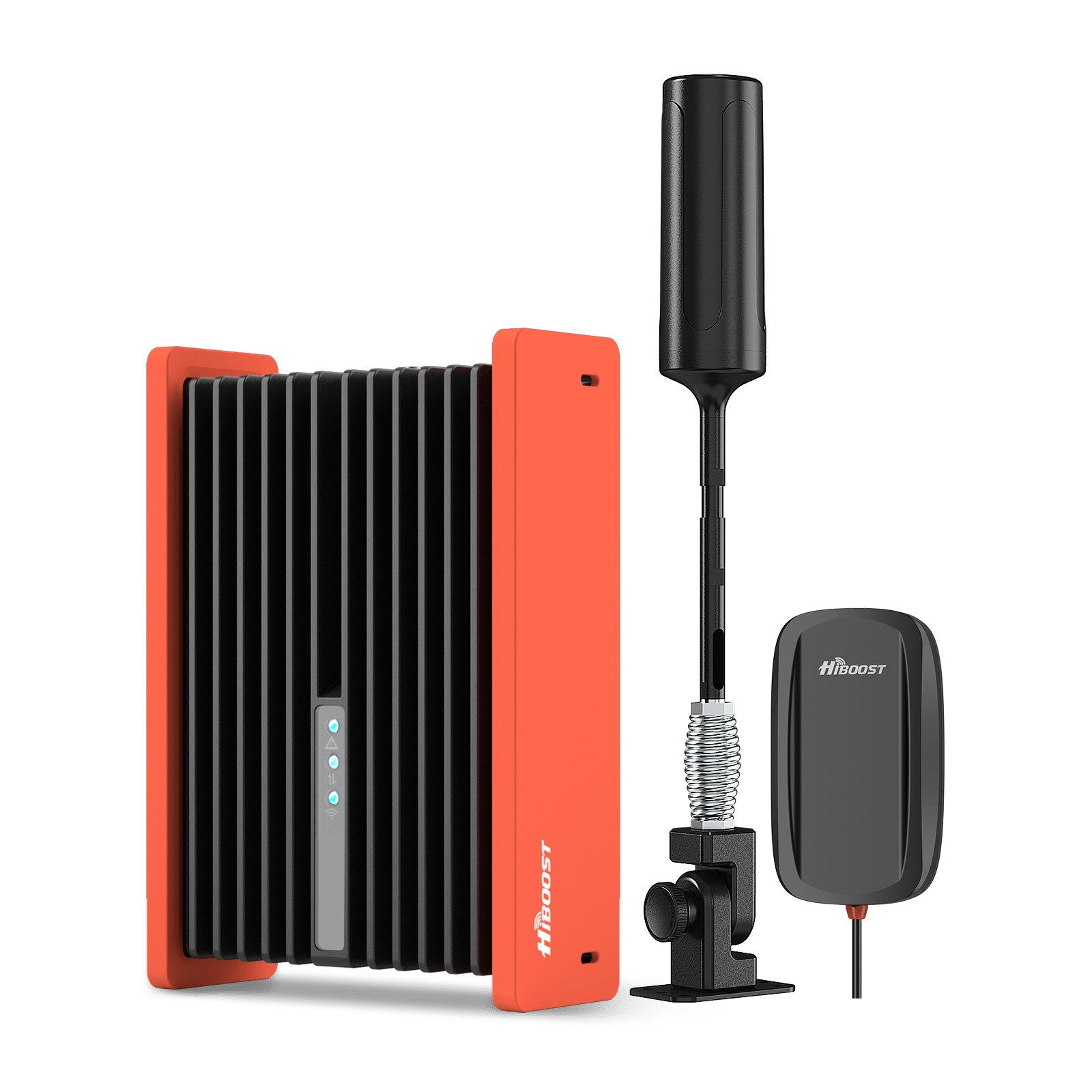
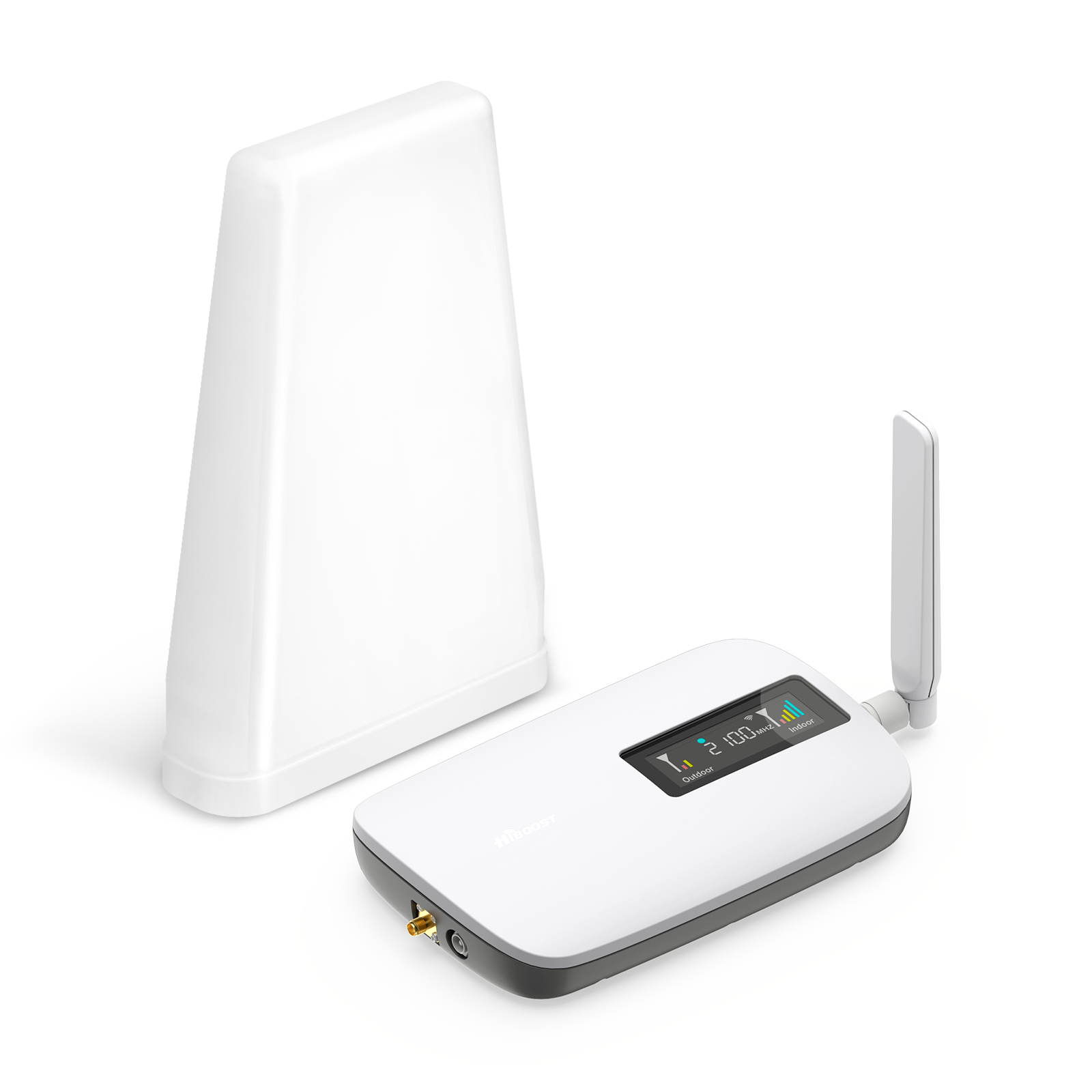
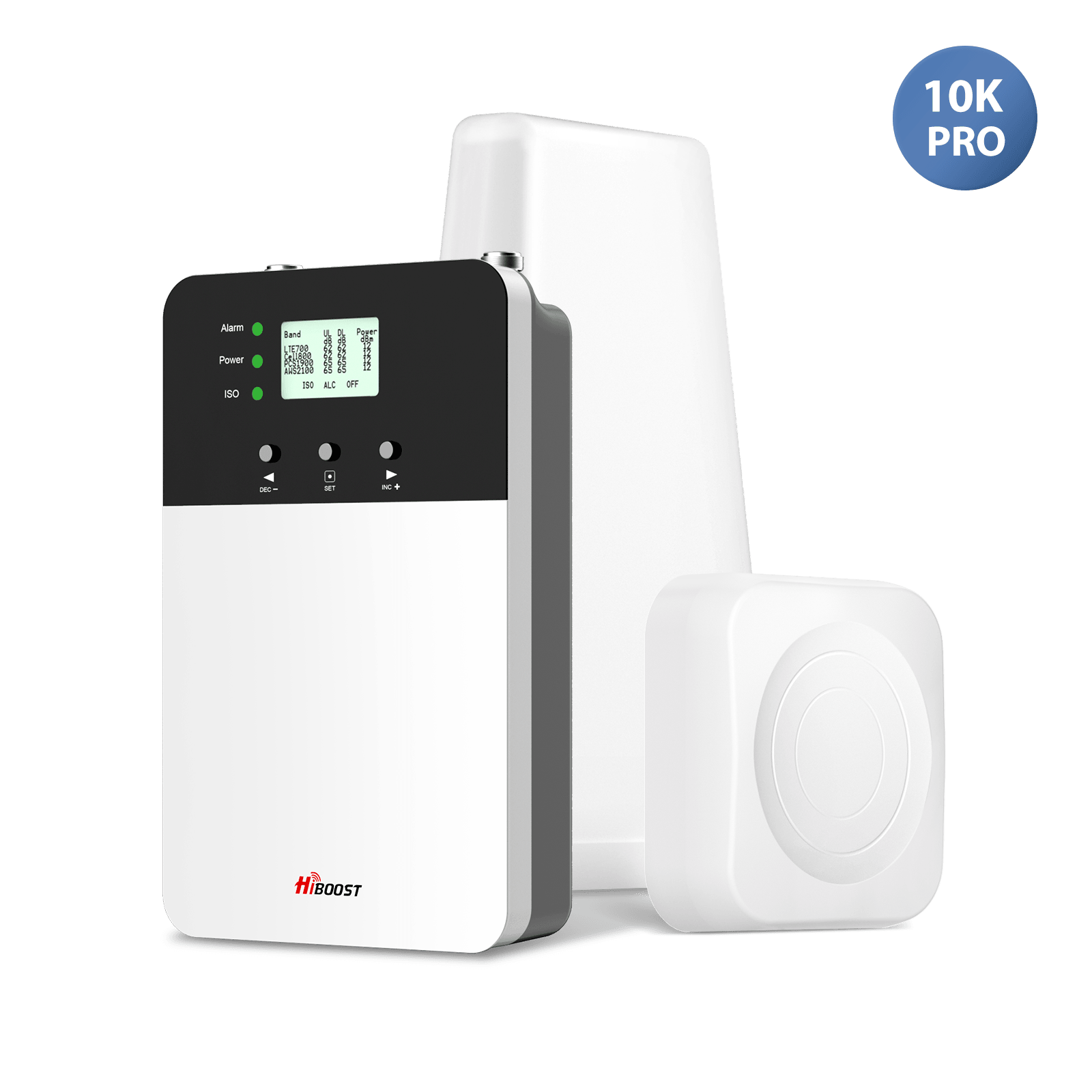
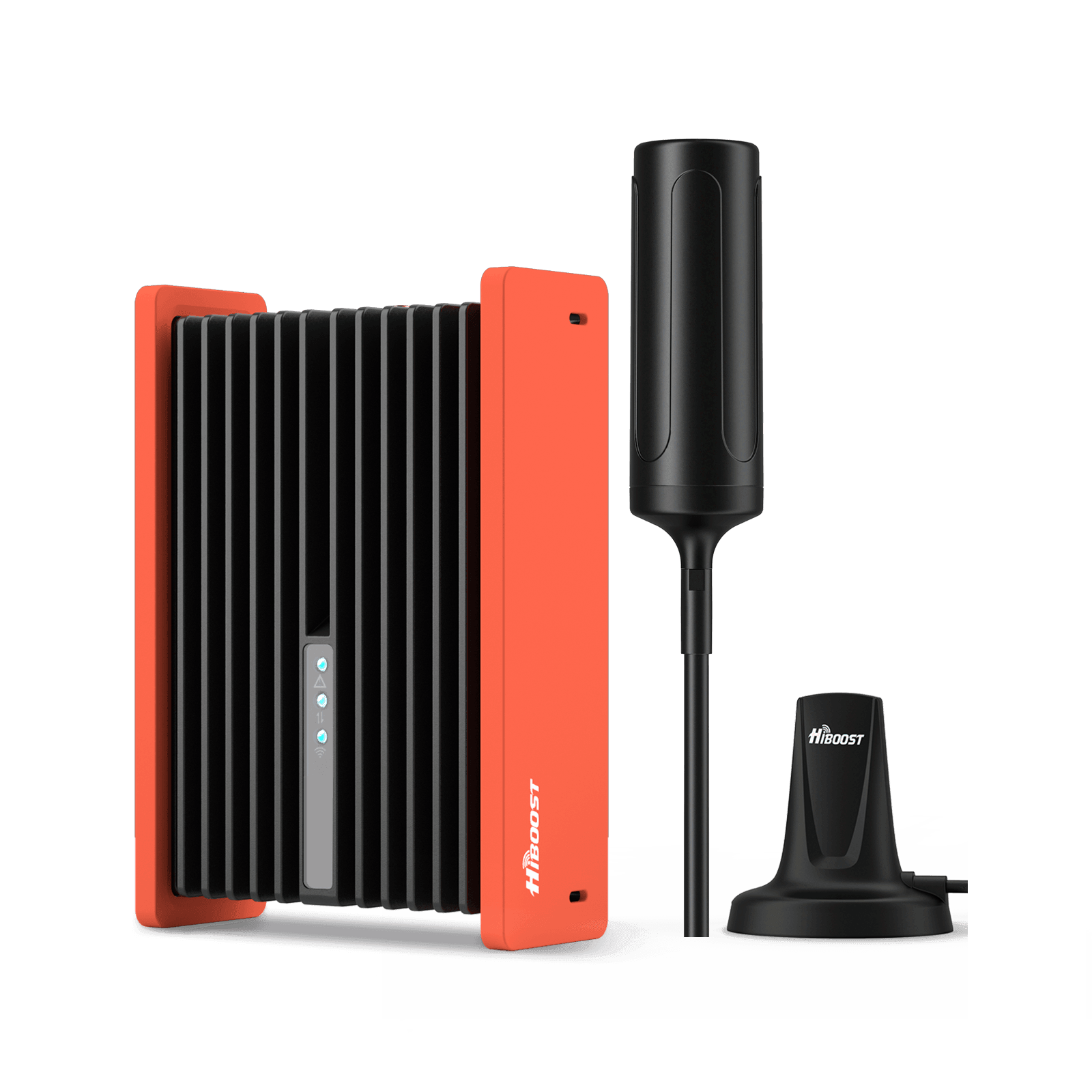
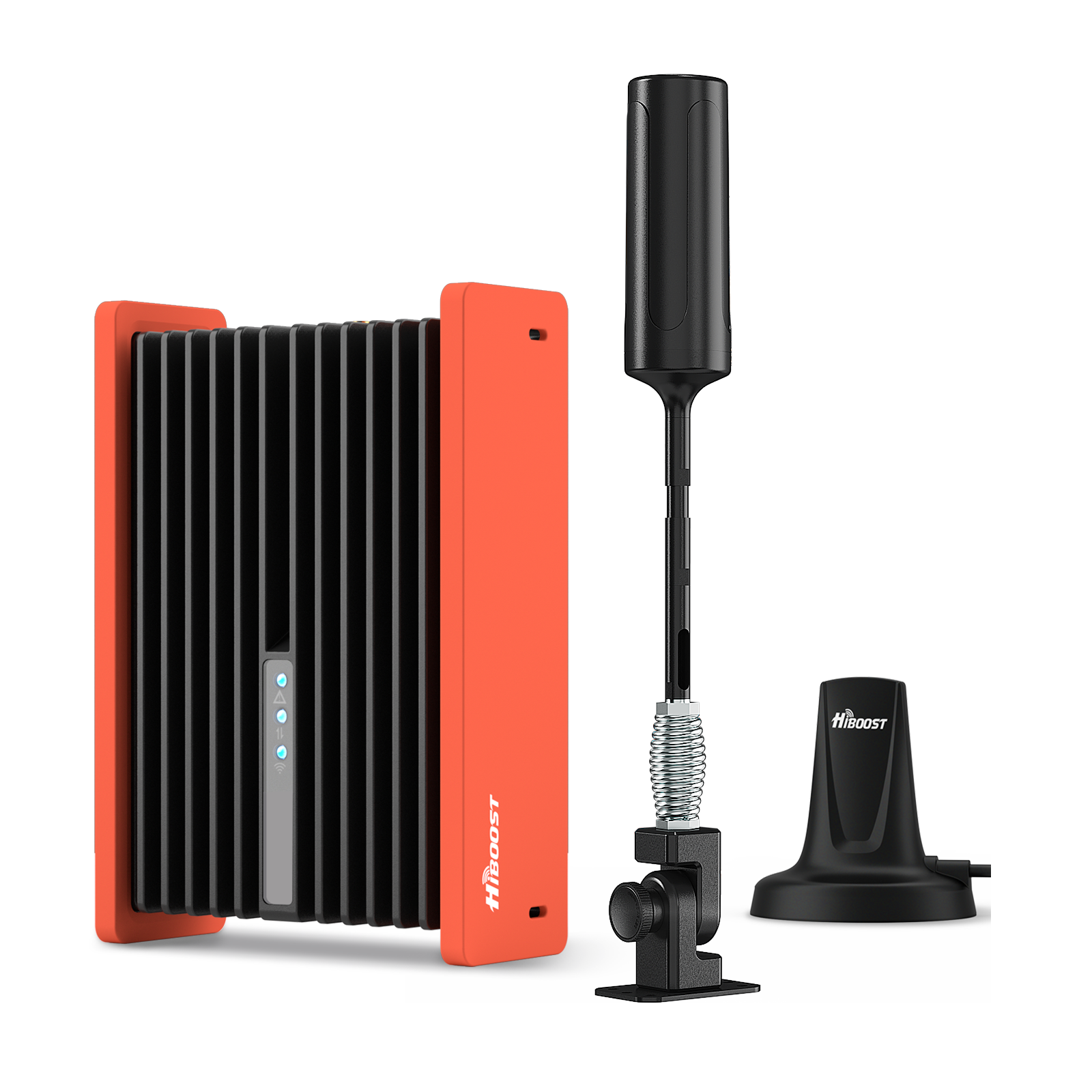
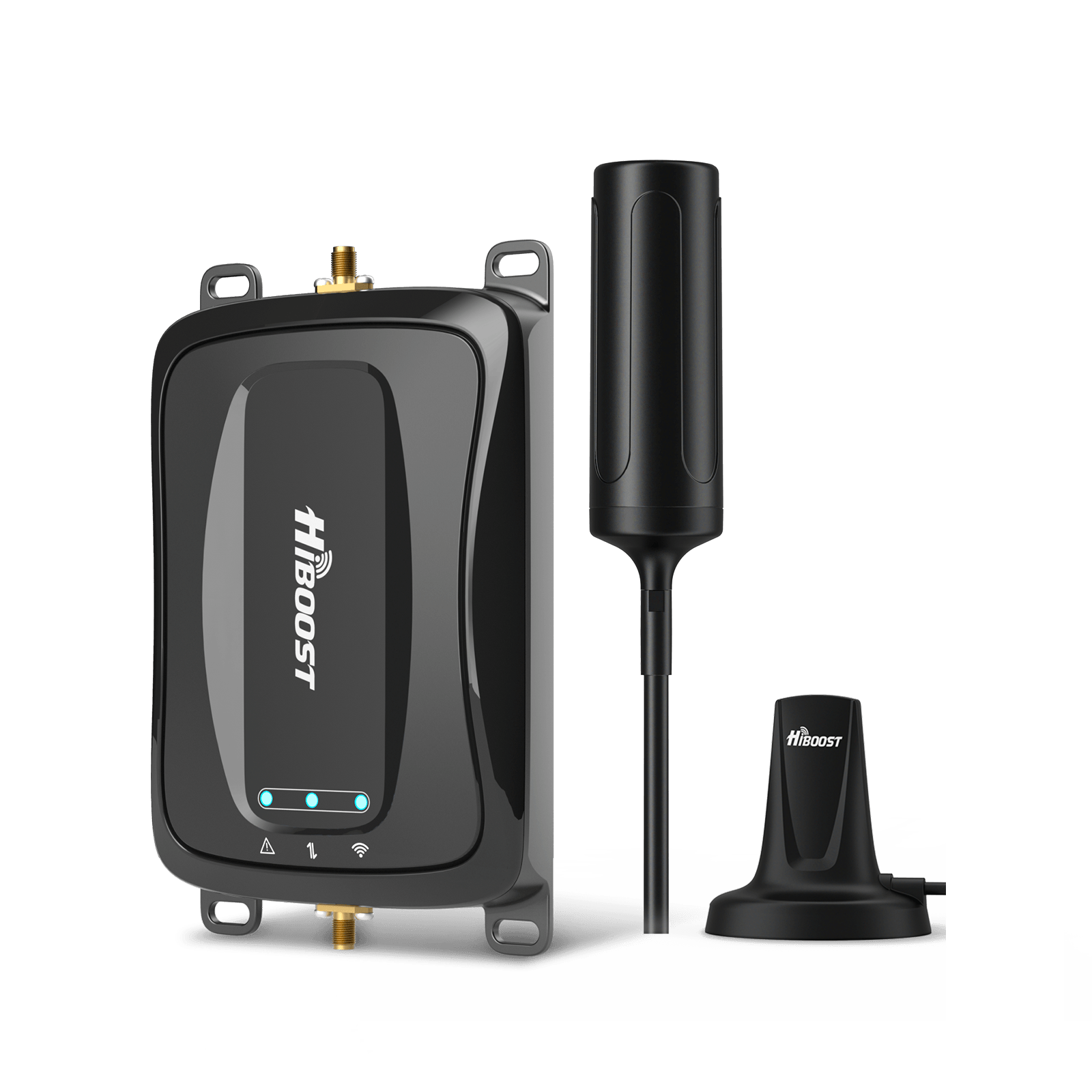



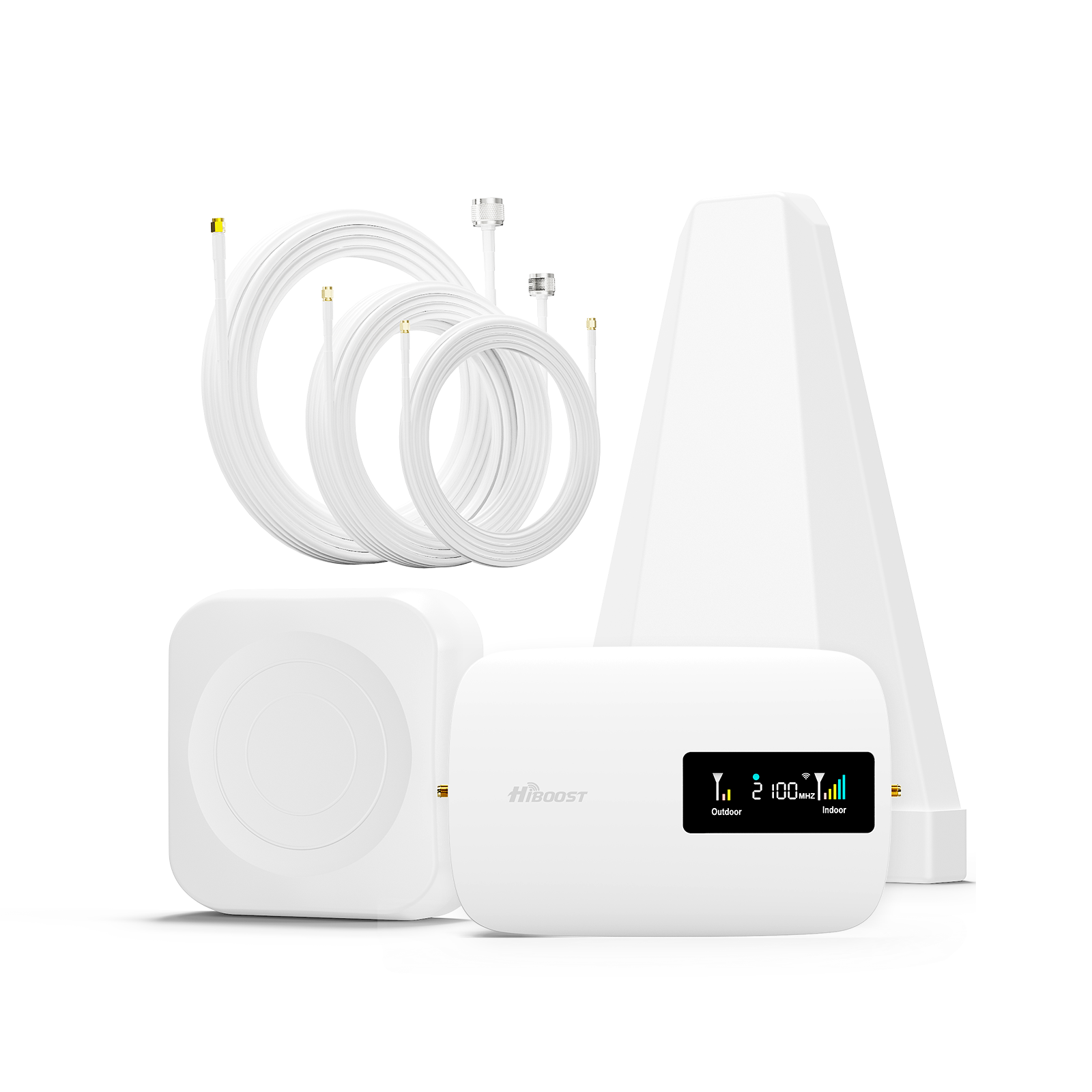
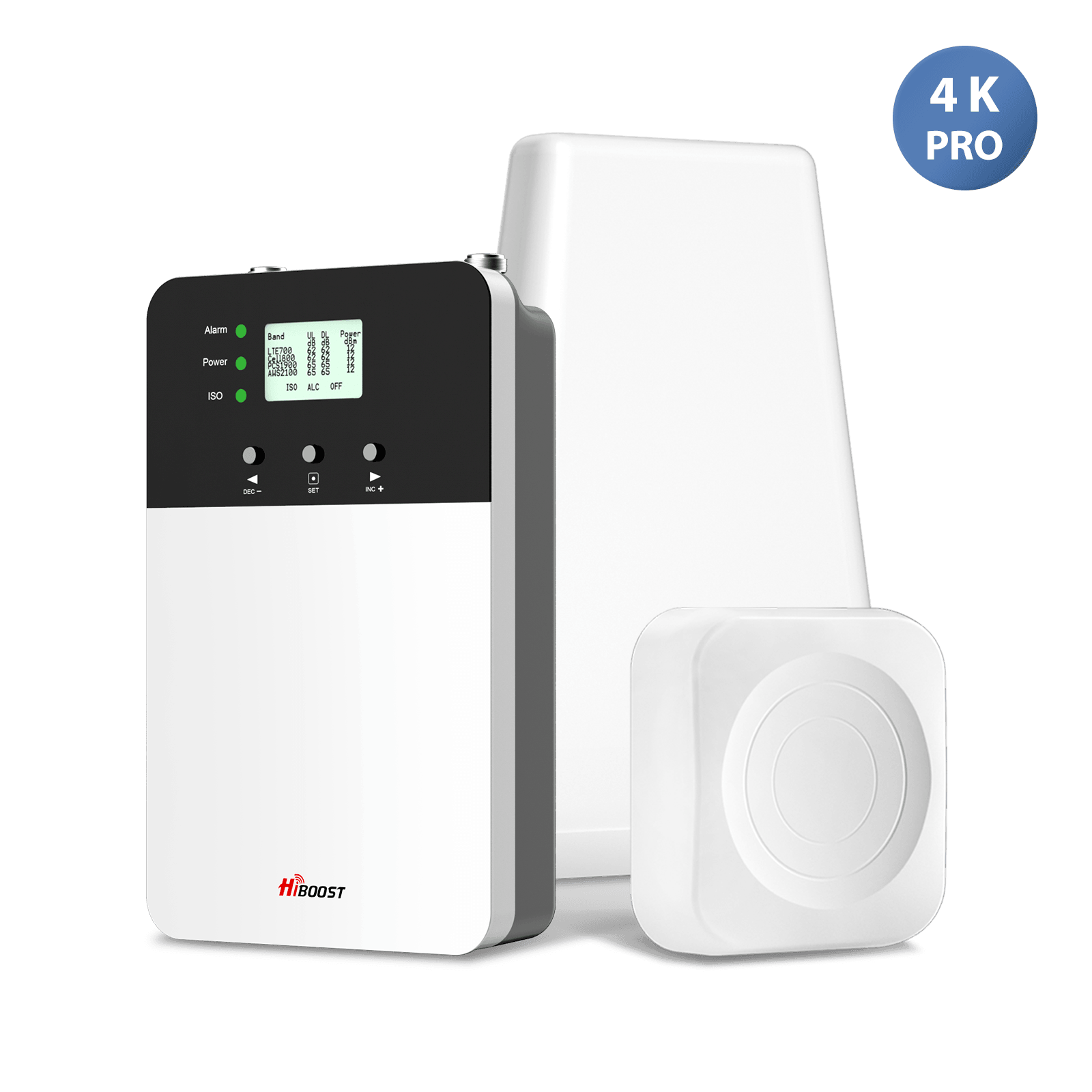
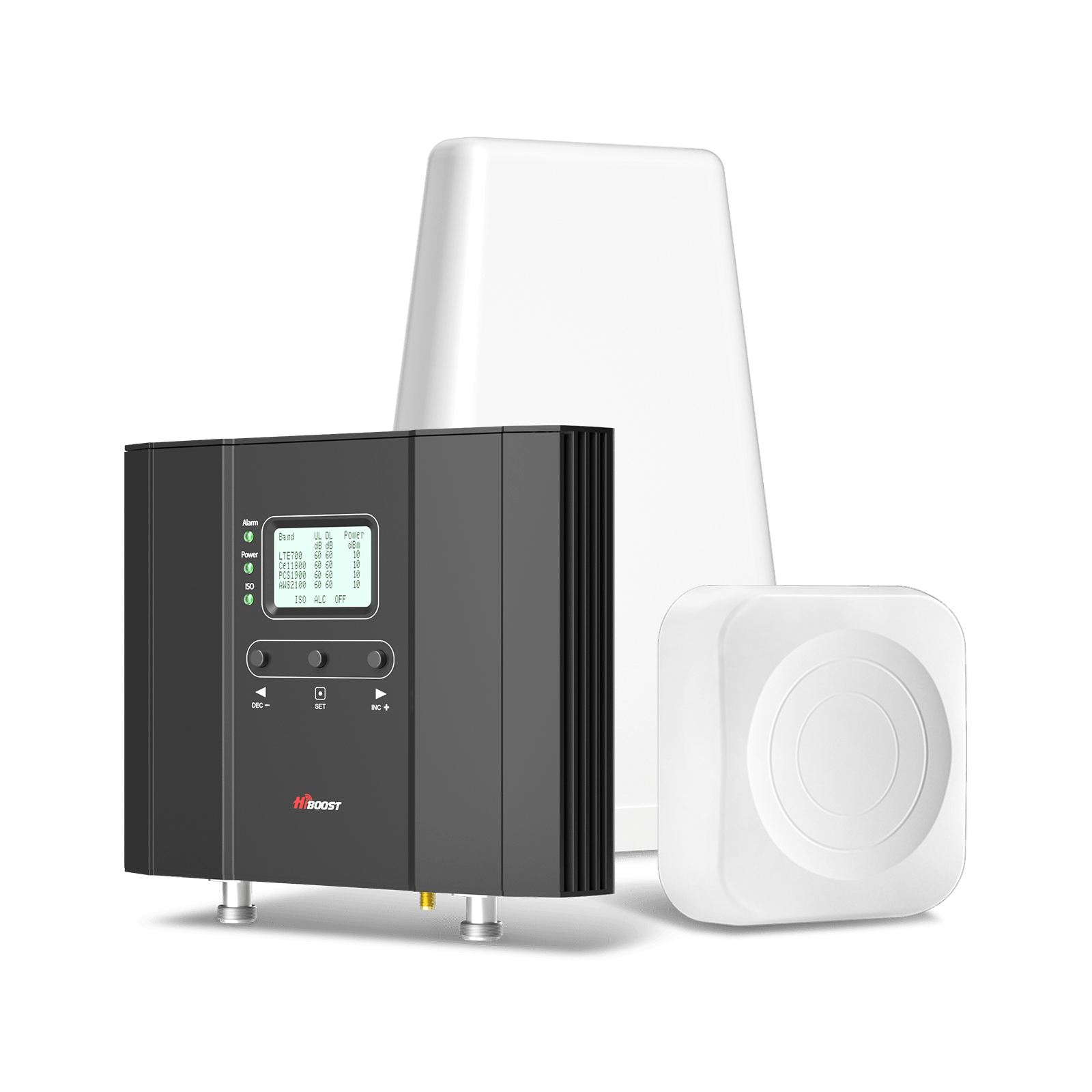
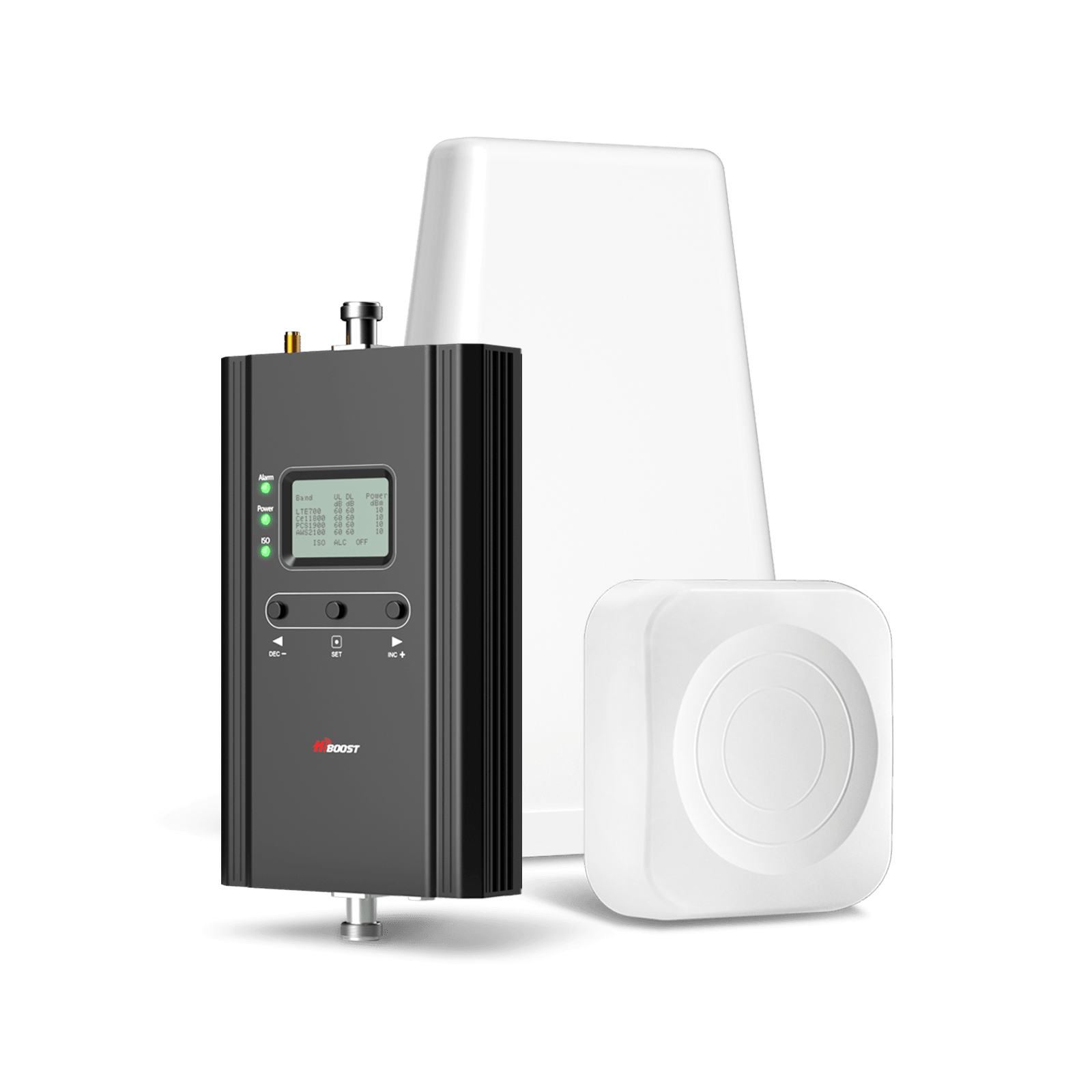

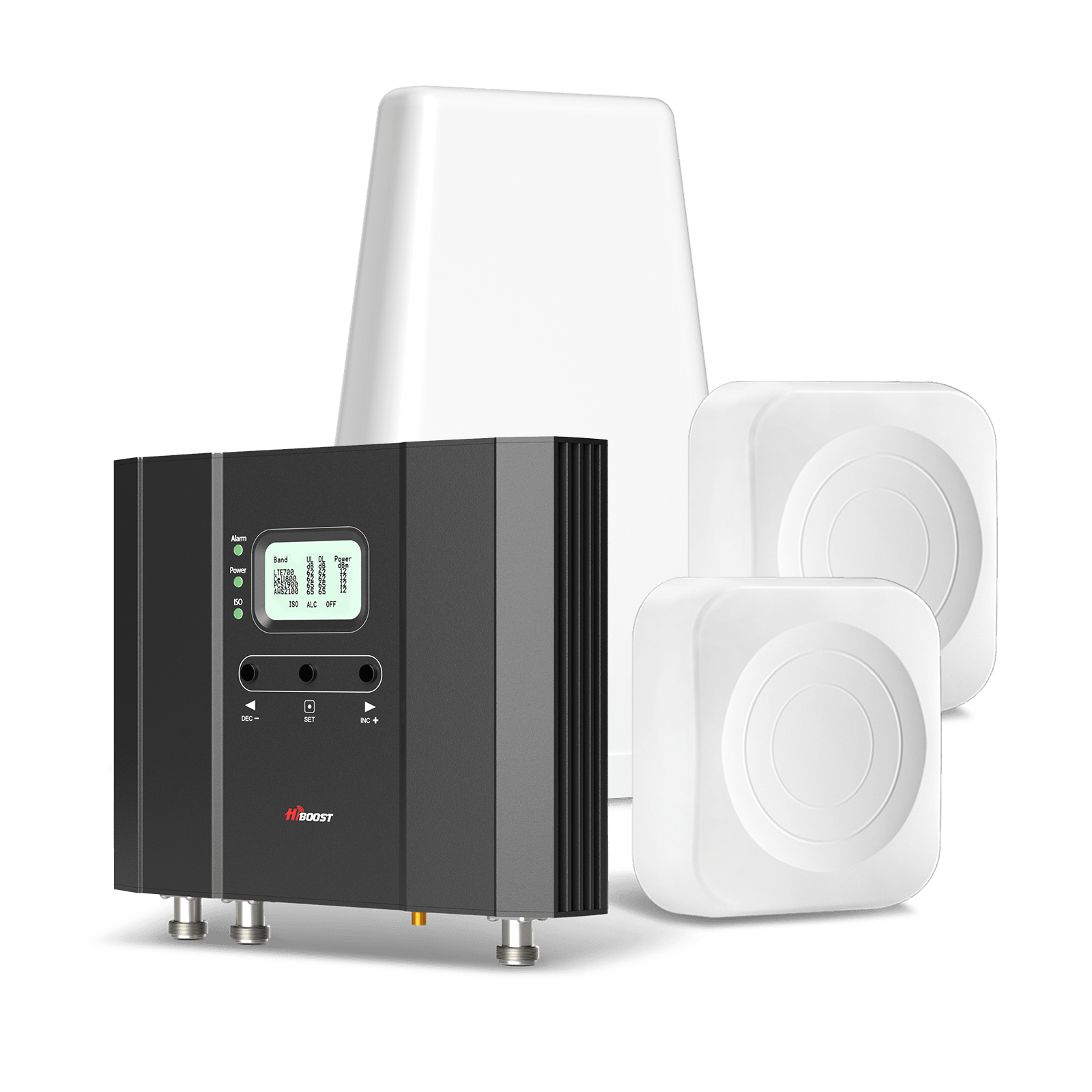


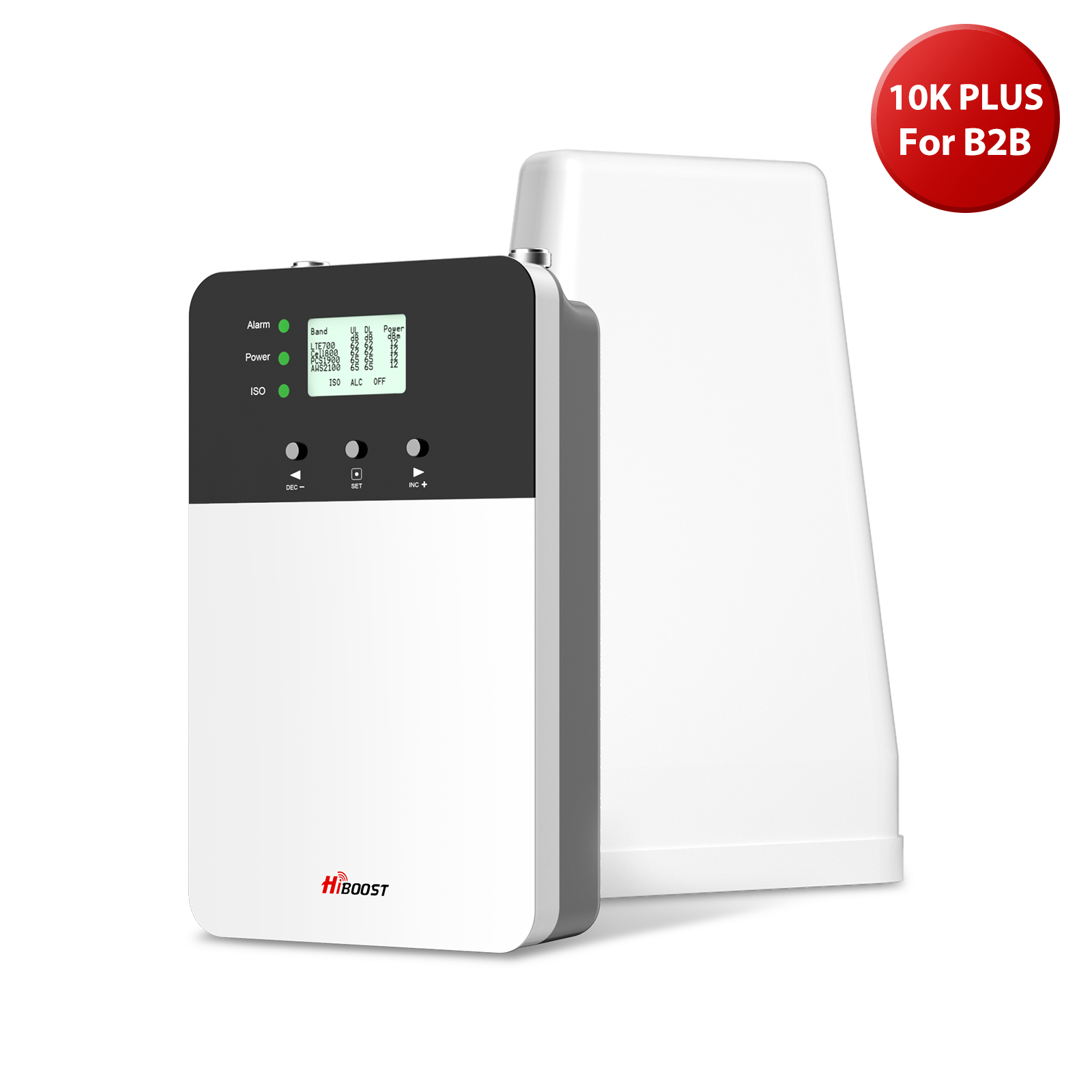
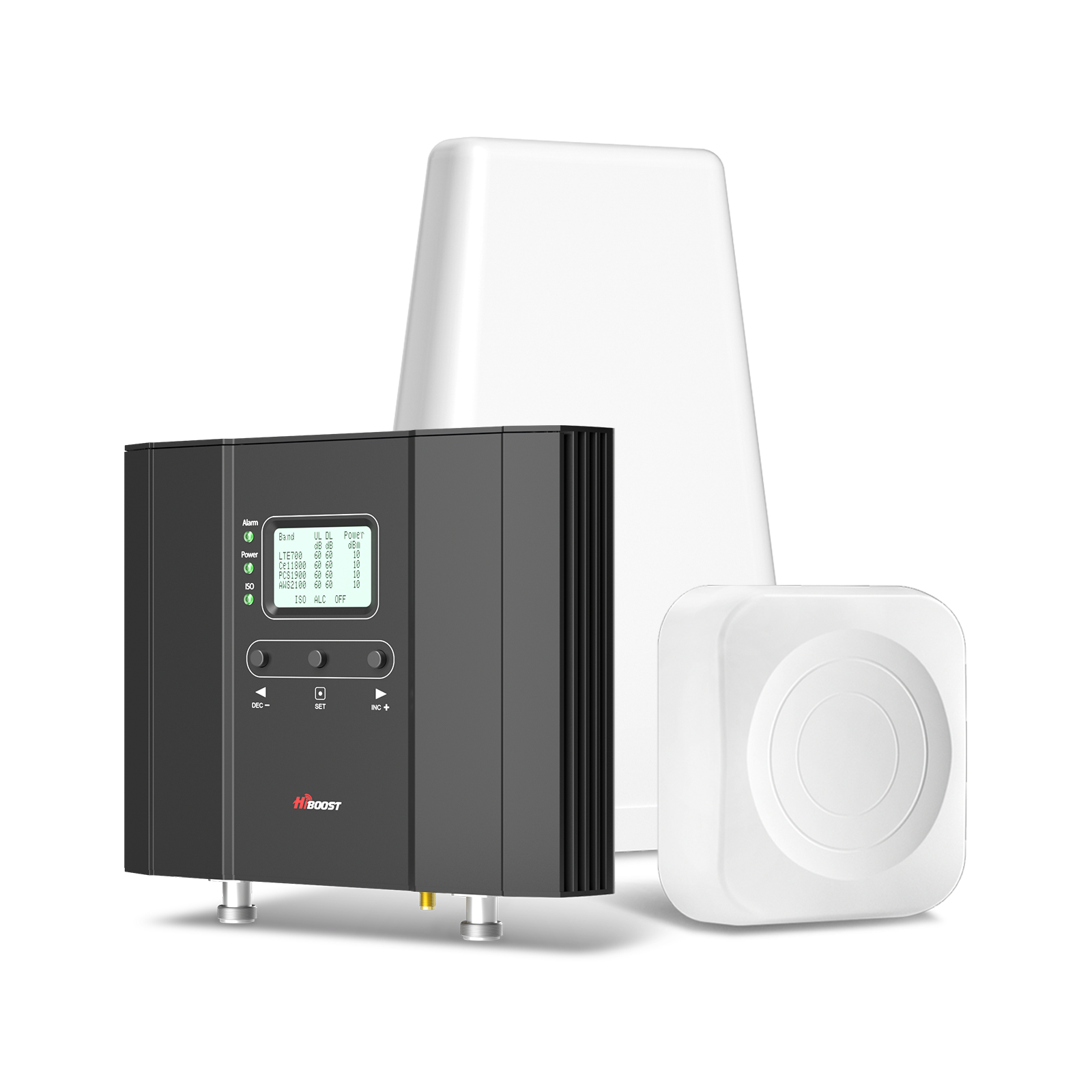
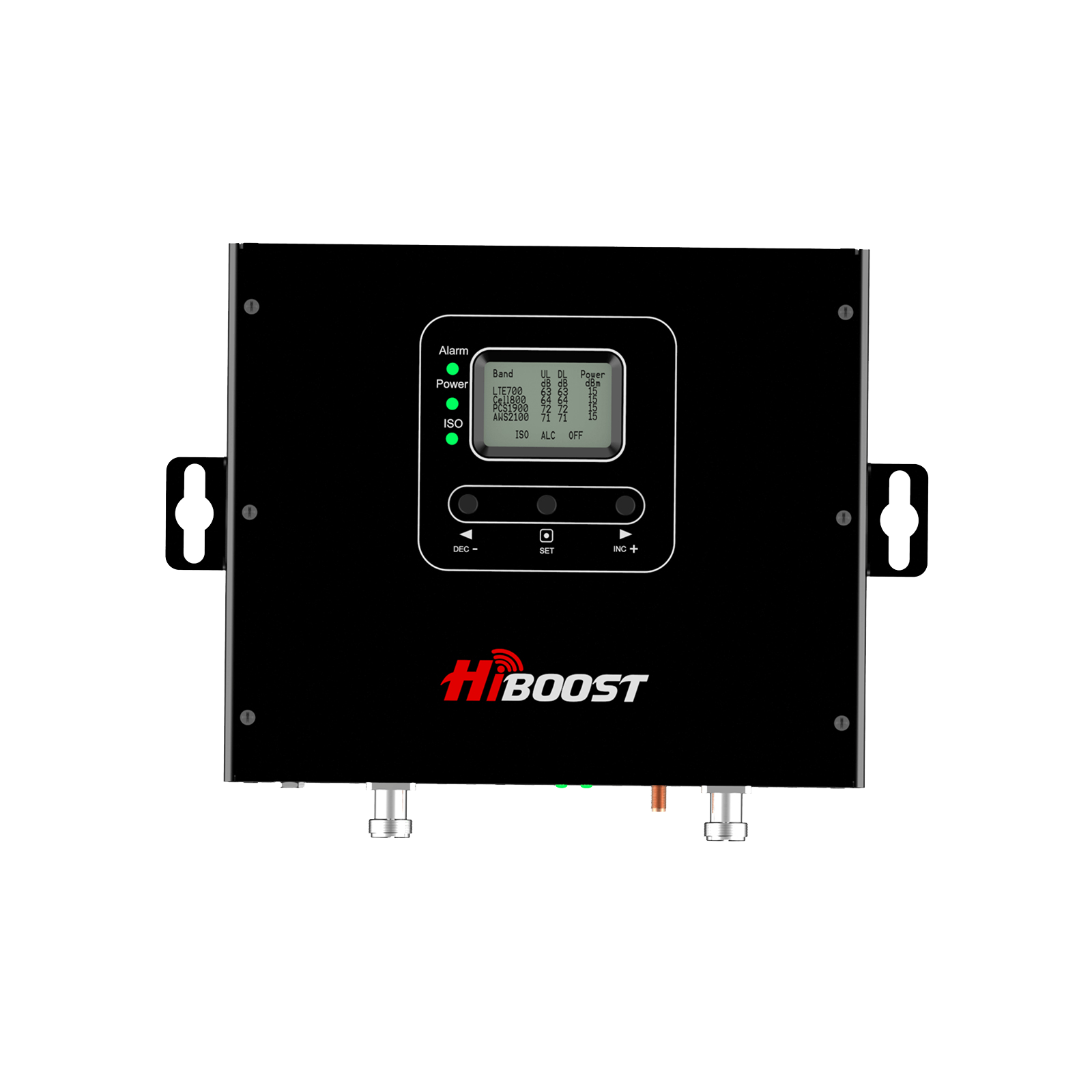
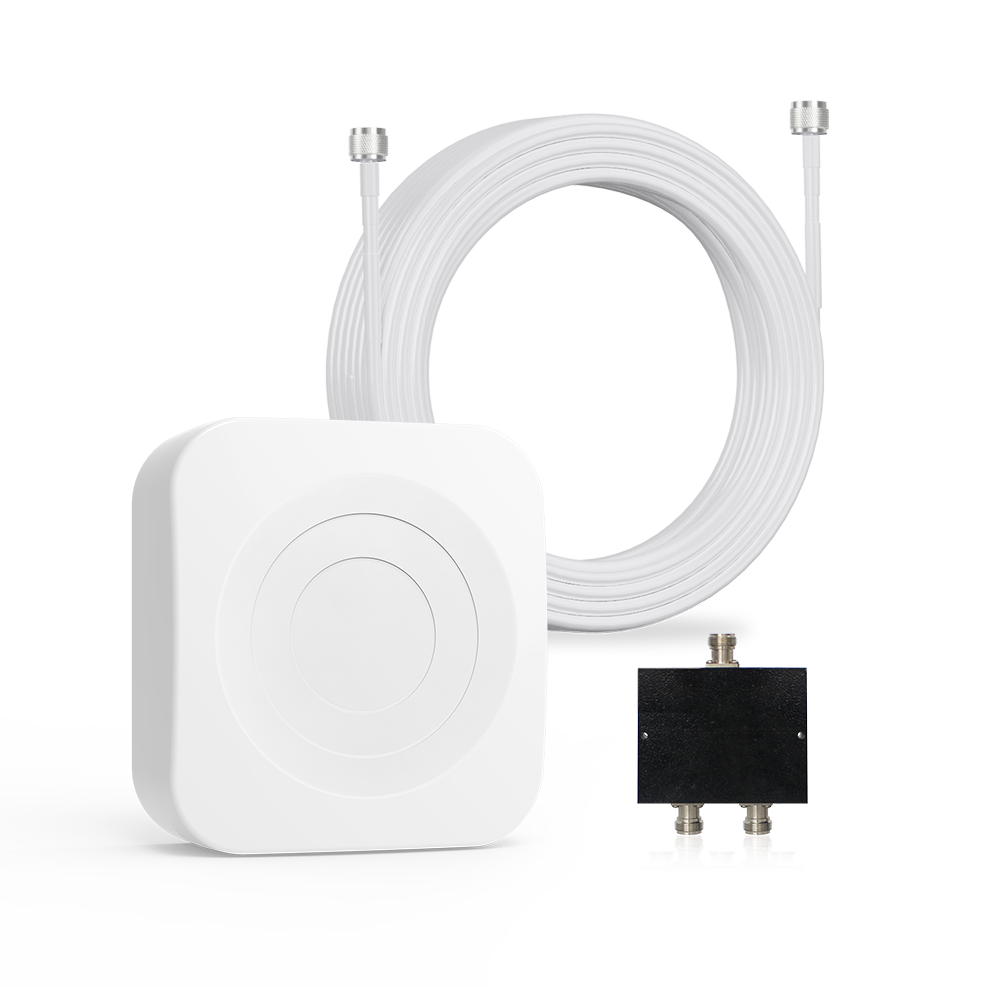
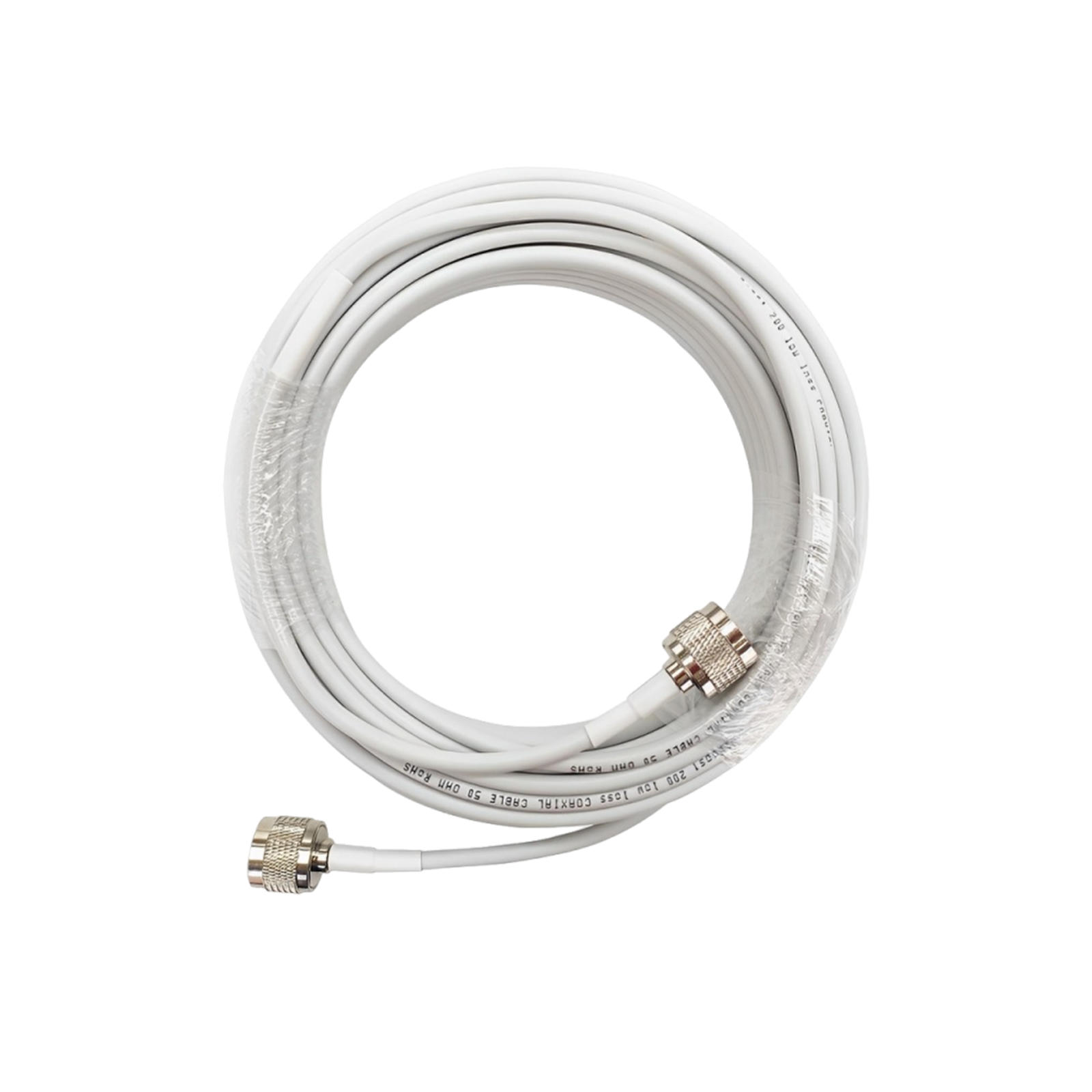
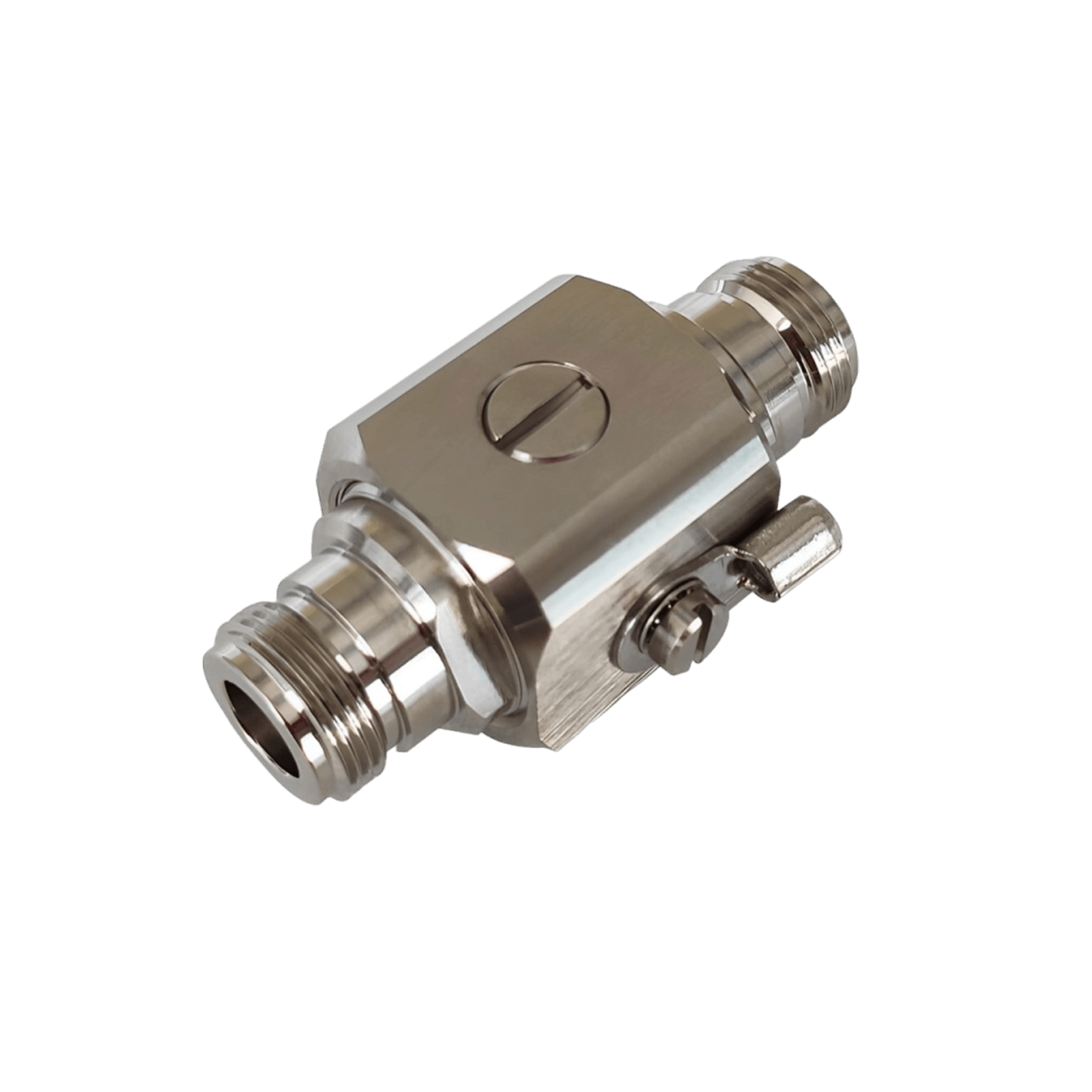
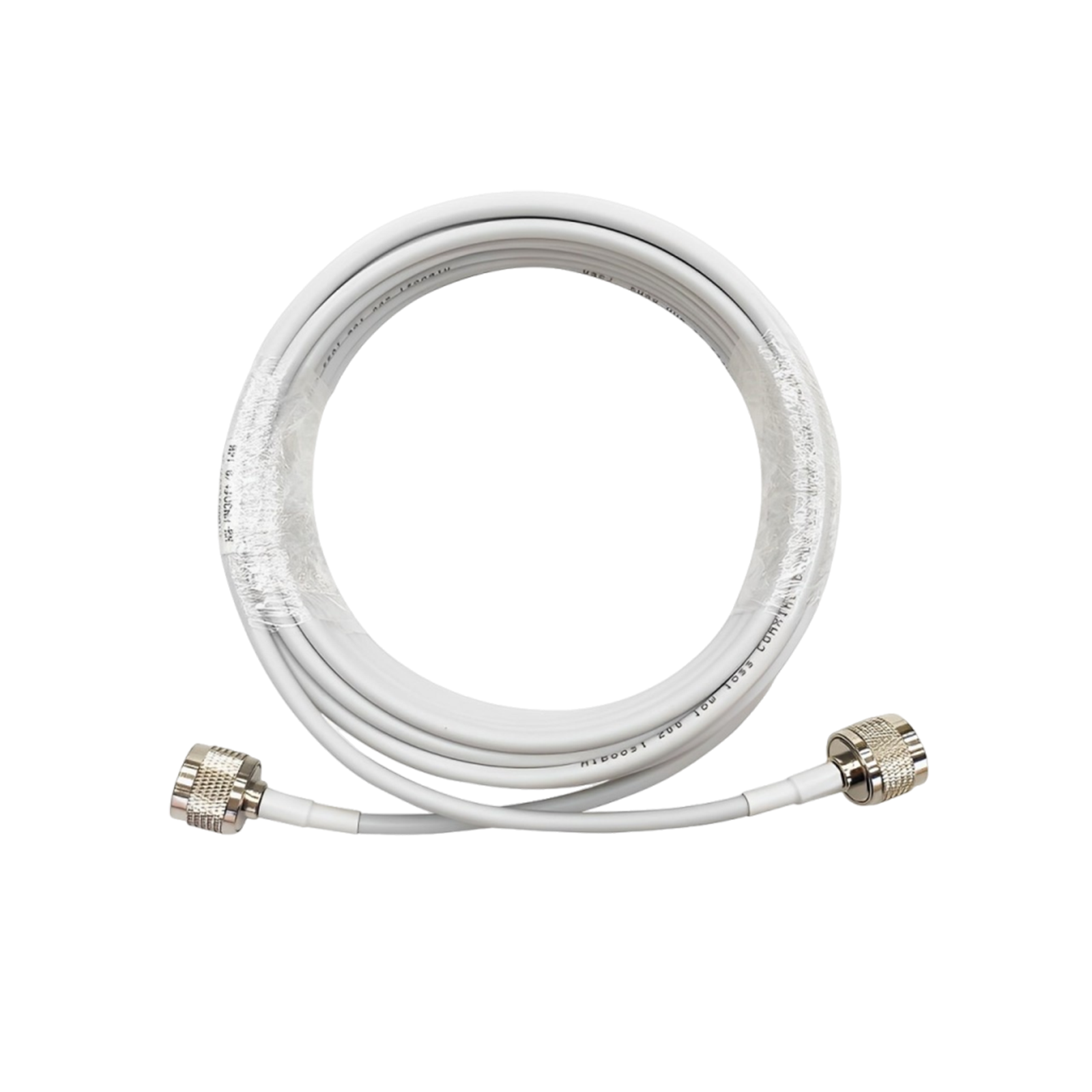




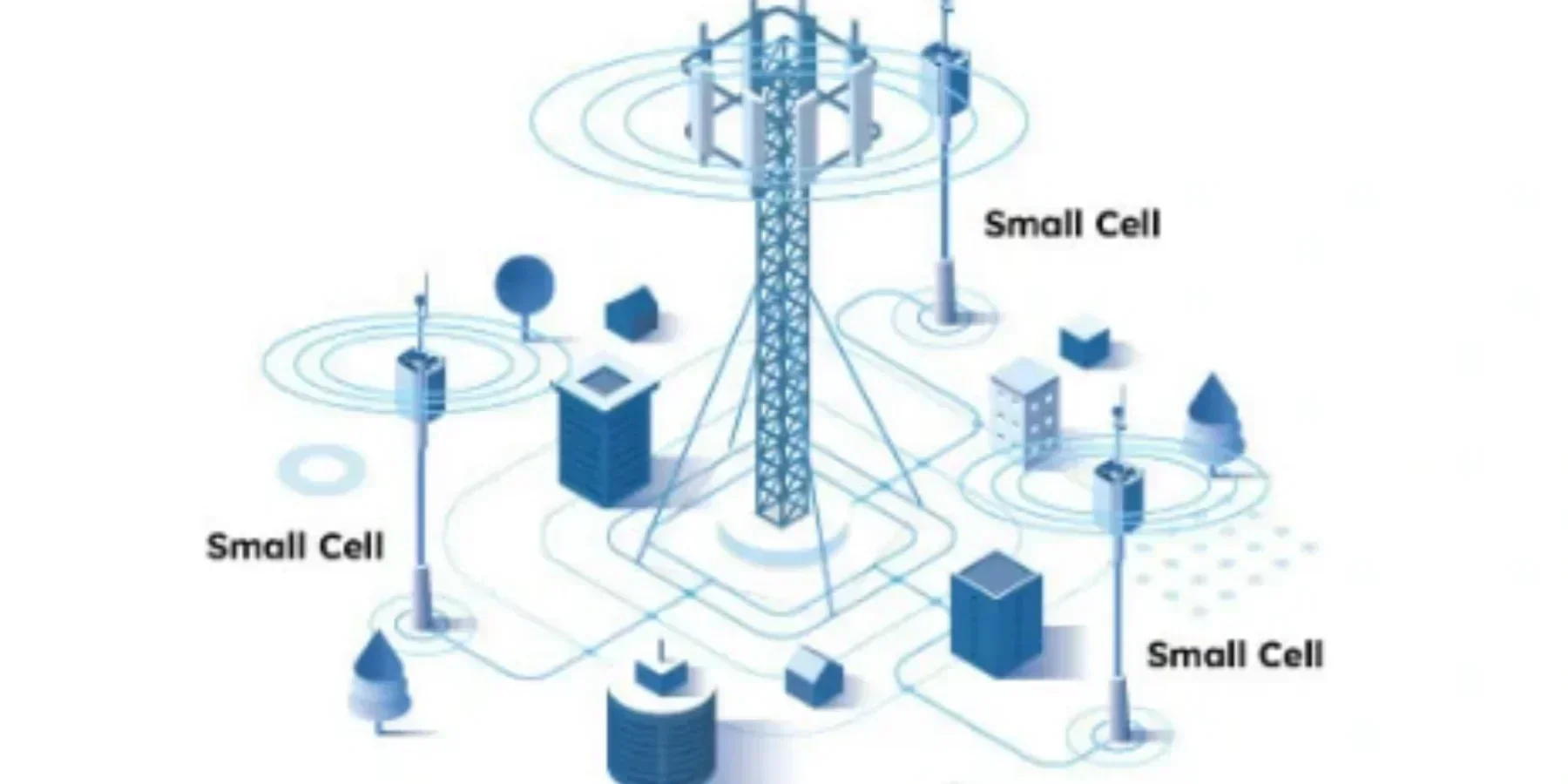
Leave a comment
All comments are moderated before being published.
This site is protected by hCaptcha and the hCaptcha Privacy Policy and Terms of Service apply.